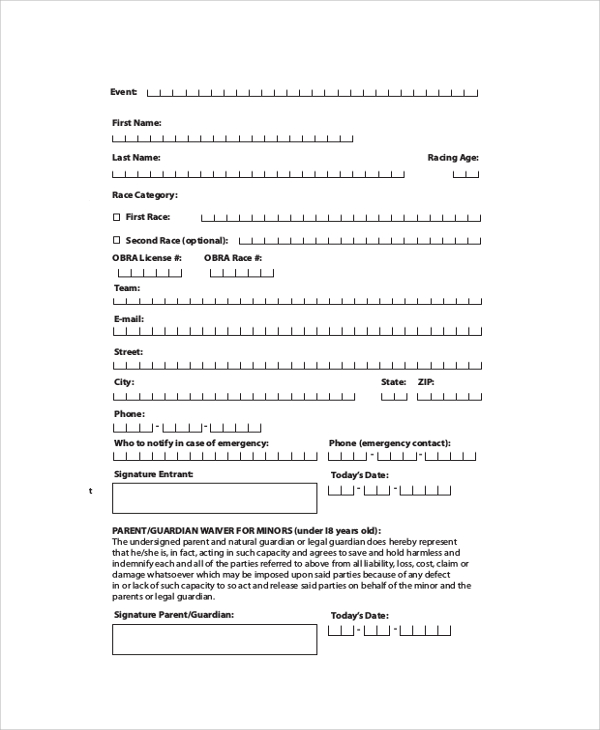

Additionally, DRF sought a way to attract a larger audience and thus grow traffic to the Website. DRF management needed to find a way to provide fresh and timely content to both its veteran and newcomer consumers. However, to newcomers interested in learning more about horse-racing, the complex analysis and terminology can be somewhat intimidating. The Daily Racing Form has some of the most enthusiastic and loyal followers who are die-hard experts that study every aspect of the sport. This included updating and integrating the company’s Web content management and workflow management systems in an effort to improve creation, delivery and discoverability of content and ultimately increase traffic and readership of its Website. With an aging technology platform that had not changed in over a decade and an outdated Website hosted and managed by a third party, DRF looked to DPCI to help develop a comprehensive plan for its editorial and publishing processes across print and digital channels. Beginning as a four-page broadsheet publication, DRF now produces up to 2,000 unique pages of statistical and editorial copy every day, in as many as 25 daily editions. “We’re constantly playing with pricing plans,” Crist said.Daily Racing Form (DRF), "America's Turf Authority Since 1894," has provided horse racing fans with industry news and deep statistical analysis for over 116 years. The Internet strategy has been building for a decade and focuses on selling charts, past-performance data, handicapping reports and products like Andrew Beyer’s speed figures for a few dollars to a few hundred dollars. “We know that that can’t go on forever,” Crist said of the rise in acquisition prices.

In 2007, before the recession struck, Arlington paid nearly $200 million as part of a strategy to sell premium sports data online.
#DAILY RACING FORM VERIFICATION#
We turn over a lot of cash.” The Form is privately owned by a venture-capital firm, Arlington Capital Partners of Chevy Chase, Md., so there is no independent verification of Crist’s profitability claims.īut at least through its most recent sales, it has proved to be an increasingly valuable news-media property: in 1998, a group that included Crist acquired it for $44 million six years later, the Wicks Group bought it for about $75 million. “Absolutely, we’re profitable,” Crist said. Some days, just a few thousand copies are sold on Triple Crown days, 350,000. “It’s like combining The Wall Street Journal and The New York Times.”Īlthough its circulation is modest, the $5 to $6 price tag, depending on the market, means revenue of at least $60 million from selling 39 regional editions of the paper at tracks (where The Form also publishes programs) and newsstands. “Although it suffers from some of the same issues newspapers do, the combination of its editorial content and data puts it on firmer ground,” said Charles Hayward, the president of the New York Racing Association and a former president of The Form. But it lasted less than a year, and The Form acquired some of its assets to kill it. A formidable challenge seemed to come in 1991, when Robert Maxwell started The Racing Times, which Crist edited. Still, it is the industry’s only daily, with its competition largely from The BloodHorse and The Thoroughbred Times’s Web sites, and the industry’s central data source, Equibase. And it is a niche paper that serves a sport with considerable problems, but one that comes alive to a general audience for Triple Crown events like Saturday’s Belmont Stakes. The Form’s business model is bucking two economic trends: it is a daily in the midst of a recession that has decimated advertising and some general-interest papers. In a few years, he expects the digital side to account for at least one-third of revenue. I don’t think we’re going digital any time soon.” I think we’ll still be selling them, because there are still thousands of people who are tactile and sensual about their newsprint and Flair pens and marking up their Form. “We’re not going to be selling more hard-copy newspapers in five years. “Initially, the Internet was a small part of the company, but now I’d say that it’s 10 to 20 percent,” said Steven Crist, The Form’s chairman and publisher. The newspaper industry is reeling and trying to adapt to an online future.īut The Daily Racing Form, the horse-racing tabloid with the familiar red, white and black logo, appears to have found a survival strategy: it feeds its readers a product with news, analysis and data, and sells them more and deeper analytic information from its Web site, drf.com.


 0 kommentar(er)
0 kommentar(er)
